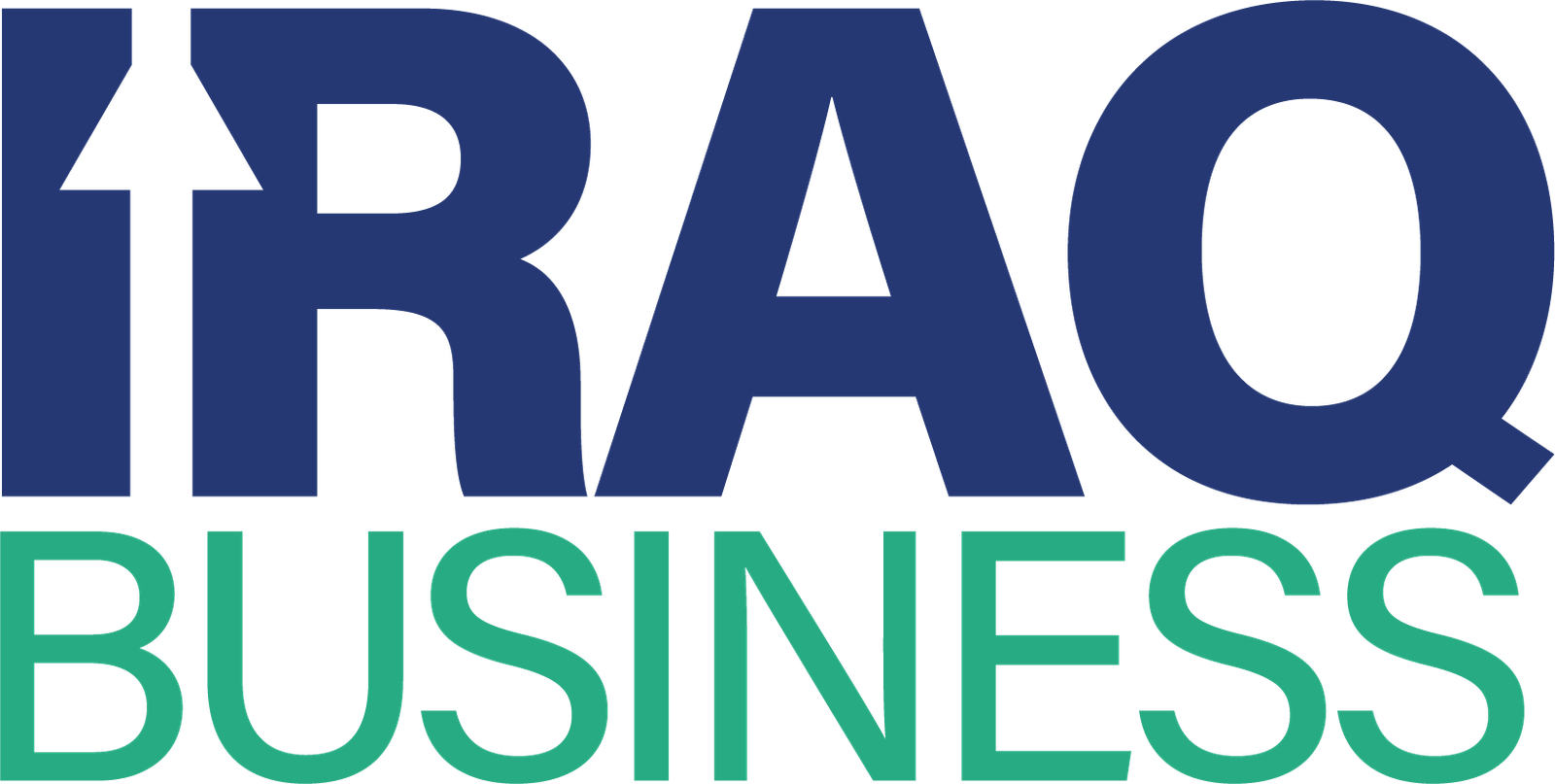Dollar prices rise in Iraq as markets in Baghdad and Erbil respond to ongoing currency fluctuations. Exchange rates climbed slightly, signaling changes in market demand and economic trends.
At the central Al-Kifah and Al-Harithiya stock exchanges in Baghdad, the US dollar opened higher. The rate reached 139,800 dinars for every 100 dollars. This marked an increase compared to earlier levels recorded the day before, which stood at 139,350 dinars.
Meanwhile, local currency exchange shops across Baghdad showed varied trading rates. Sellers offered the dollar at 140,750 dinars, while buyers purchased it at 138,750 dinars per 100 dollars. These figures reflect slight adjustments but continue the upward trend seen recently.
In Erbil, the capital of the Kurdistan Region, the dollar also gained value. Currency traders set the selling price at 139,500 dinars. The buying price settled slightly lower at 138,400 dinars. These numbers mirror those in Baghdad, highlighting a consistent pattern across Iraq’s currency markets.
Several factors could explain why dollar prices rise in Iraq this week. One reason might be market speculation, especially with concerns over inflation and global oil trends. Investors and traders may be turning to the dollar as a safer option, driving up demand.
Additionally, people in Iraq often prefer holding dollars for savings or large purchases. This demand adds pressure on local exchange rates, particularly when the dinar faces uncertainty. As a result, even minor shifts in the market can quickly change exchange rates.
The government and central bank continue working to stabilize the dinar. They are applying policy tools and monitoring both legal and informal currency markets. However, the dollar remains strong, and the pressure on the dinar continues.
This trend may also affect the prices of imported goods and basic supplies. Since Iraq imports much of its consumer goods using dollars, any shift in exchange rates directly impacts people’s daily expenses.
As dollar prices rise in Iraq, both consumers and traders are watching closely. They know that even small changes can make a big difference in buying power.


